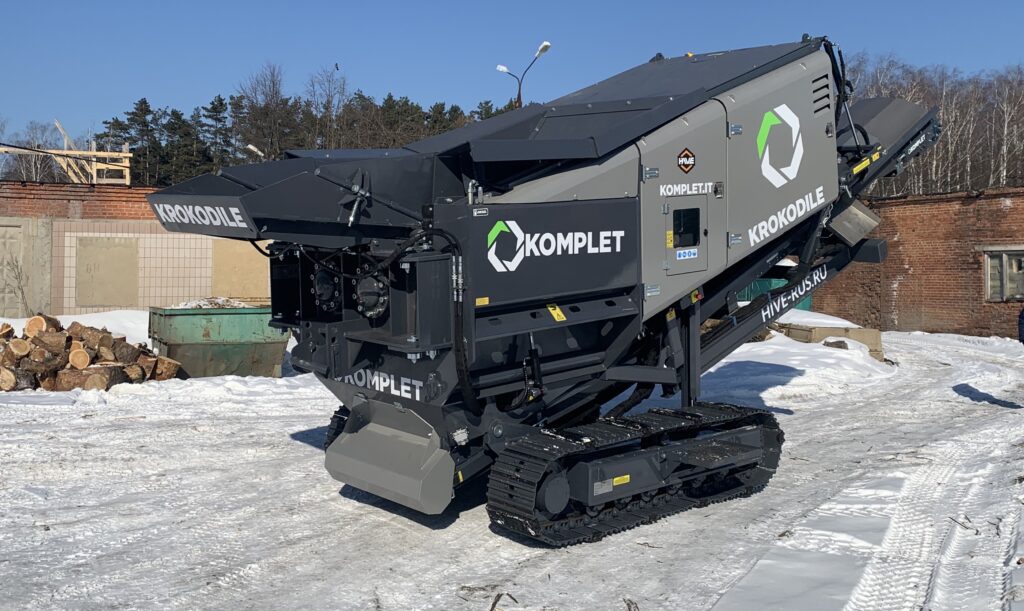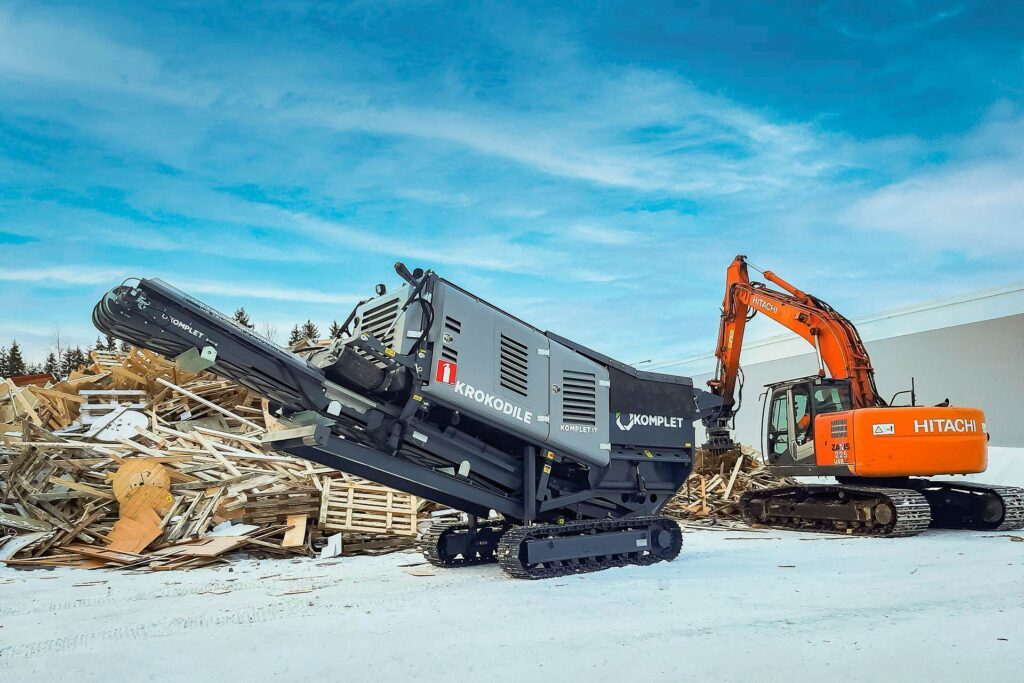Discover the hidden potential of your waste! Dive into how shredders are transforming trash into valuable resources for a more sustainable future.
Introduction
In today’s world, responsible waste management is more crucial than ever.
Landfills are overflowing, resources are depleting, and the need for sustainable solutions is undeniable.
Enter the unsung hero of the recycling revolution: the shredder.
These powerful machines don’t just break down materials; they unlock their hidden potential, paving the way for a circular economy where waste becomes a valuable resource.

Beyond Basic Shredding
You often associate shredders with paper destruction, but their capabilities extend far beyond office security.
Modern shredders tackle a diverse range of materials, from plastics and wood to tyres and electronics.
Each shredding technique, from granulation to coarse shredding, unlocks specific opportunities for resource recovery.
The Power of Shredding
Let’s explore how shredding transforms waste into valuable resources across various sectors:
Waste to Fuel: Shredded tyres and plastics can be processed into refuse-derived fuel (RDF), a sustainable alternative to fossil fuels in energy generation.
Recycling Revolution: Shredded wood becomes valuable wood chips, used for landscaping, animal bedding, and even biofuel production.
Closed-Loop Electronics: Shredding e-waste facilitates secure data destruction and material recovery, allowing valuable metals and plastics to be recycled back into the manufacturing cycle.
Composting Boost: Shredded paper and organic waste accelerate the composting process, creating nutrient-rich fertilizer for gardens and farms.

Shredding in Action: Real-World Examples
The environmental and economic benefits of shredding go beyond theory. Communities, businesses, and individuals are embracing shredding solutions from Komplet for:
Diverting waste from landfills: Cities use shredders to process bulky waste, significantly reducing landfill pressure.
Creating eco-friendly products: Companies utilize shredded materials to manufacture sustainable furniture, building materials, and even clothing.
Generating alternative energy: Power plants are adopting RDF derived from shredded waste as a cleaner fuel source.

More Than Just-Recycling
The impact of shredding extends beyond resource recovery. Shredding plays a crucial role in:
Data security: Securely shredding confidential documents protects sensitive information, preventing identity theft and fraud.
Workplace safety: Shredding sharp objects like wires and metal scraps minimizes workplace injuries and ensures a safer environment.
Reduced transportation costs: Shredding reduces material volume, making it easier and cheaper to transport for further processing.
Choosing the Right Shredder
Selecting the right shredder depends on your specific needs and material type. Consider factors like:
Shredding capacity: Ensure the shredder can handle your required volume and material size.
Shred size: Choose the desired output size based on your intended use for the shredded material.
Safety features: Opt for shredders with safety features like automatic shut-off and emergency stop buttons.
Durability: Invest in a high-quality shredder built to last, minimizing maintenance costs in the long run.

Future of Shredding
Advancements in shredding technology promise even more exciting possibilities.
Smart shredders with data analytics capabilities can optimize recycling efforts, while AI-powered sorting systems can further refine recovered materials.
Bottom Line
Shredders are no longer just machines for waste disposal; they are powerful tools for resource recovery and responsible waste management.
By understanding their diverse capabilities and choosing the right solution, individuals, businesses, and communities can unlock the hidden potential of their waste and contribute to a more sustainable future.
Shredding isn’t just about processing waste; it’s about transforming trash into treasure, piece by shredded piece.

